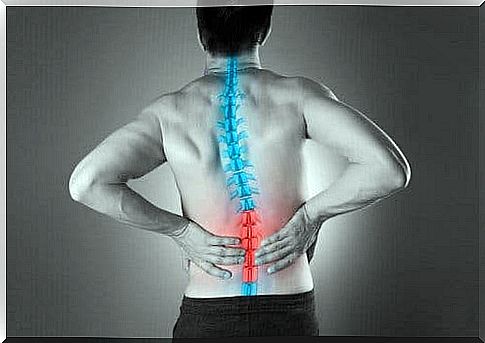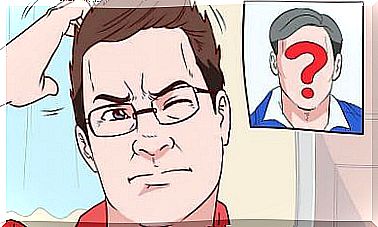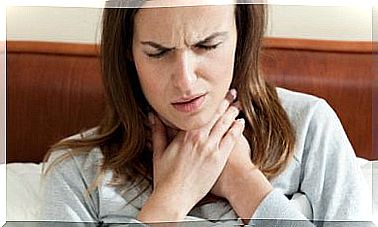All About Epidural Headaches

Experts estimate that approximately 40% of patients undergoing epidural or spinal anesthesia suffer from headaches after epidural. In general , it is a condition that goes away on its own.
An epidural is a procedure performed to apply local anesthesia or for diagnostic or therapeutic purposes. Sometimes it causes a reduction in intracranial pressure and this in turn leads to headaches.
Medical professionals performed the first epidural in the late 1800s. At the beginning of the 20th century, the incidence of headaches from this procedure was 60%. This percentage has decreased over time and continues to do so to this day.
What is an epidural?

An epidural is a clinical procedure intended to extract cerebrospinal fluid. It is also performed to apply anesthesia or a drug. This fluid is found around the brain and spinal cord. It acts as a kind of pillow.
During the procedure, the doctor inserts a needle between two lumbar vertebrae and into the spinal canal. Depending on the purpose of the epidural, one of the following actions is performed:
- The medical professional removes a small amount of cerebrospinal fluid, which another professional in the lab will examine.
- A certain amount of fluid is removed to reduce the pressure in the spinal canal.
- Then the medical professional injects some anesthetic.
- Then they remove the needle. However, if there is a very large loss of cerebrospinal fluid, the pressure of the cerebrospinal fluid in the cranial cavity decreases and this causes headaches.
Headache and an epidural
Headaches after an epidural usually present as bilateral pains. In other words, on both sides of the head. It is common for them to manifest immediately and in any case within a period of up to five days after the procedure. The normal thing is that they disappear spontaneously in less than a week.
In typical cases, the pain worsens when the patient is sitting or standing. Medical professionals therefore recommend that you lie down. The headache mainly occurs in women between the ages of 8 and 30 and with a low body weight.
On the other hand, the manifestation of a headache after the epidural largely depends on the type of needle the surgeon used, the technique used, and the skill of the surgeon who performed the procedure. The smaller the needle thickness, the less chance of a headache. Very thin needles reduce the percentage of affected patients to 11%.
Symptoms and Diagnosis
The main symptom of epidural headaches are dull, throbbing pains that range in intensity from mild to downright debilitating. The pain worsens when the patient stands up and decreases when he lies down. The headache may be accompanied by other symptoms, such as:
- Dizziness
- ringing in the ears
- Double or blurred vision
- Nausea
- Hearing loss
- neck stiffness
- Pain
Magnetic resonance images will, among other things, show a decrease in intracranial structures. The diagnosis is clinical. Sometimes the doctor will request an MRI or other similar tests to rule out other possible causes of the headache.
Other data to keep in mind
Medical professionals advise patients to lie down for a period of no less than 12 hours if a headache occurs after an epidural. The pain usually manifests itself 15 minutes after sitting. This way the patient can still do things like get up to go to the bathroom or to eat.
Drinking plenty of fluids helps to restore the cerebrospinal fluid that has been lost, especially during the 24 hours following the procedure. Likewise, unless a medical professional specifies otherwise, it is advisable to drink coffee or beverages that contain caffeine.
The headache should then disappear. If the headache is very intense or does not disappear at all for several hours after the procedure, then the patient should consult his doctor.
This also applies if there is vomiting and tingling or numbness in the legs. Also if there are problems with urination or pain or bleeding occurs where the surgeon has inserted the needle.









